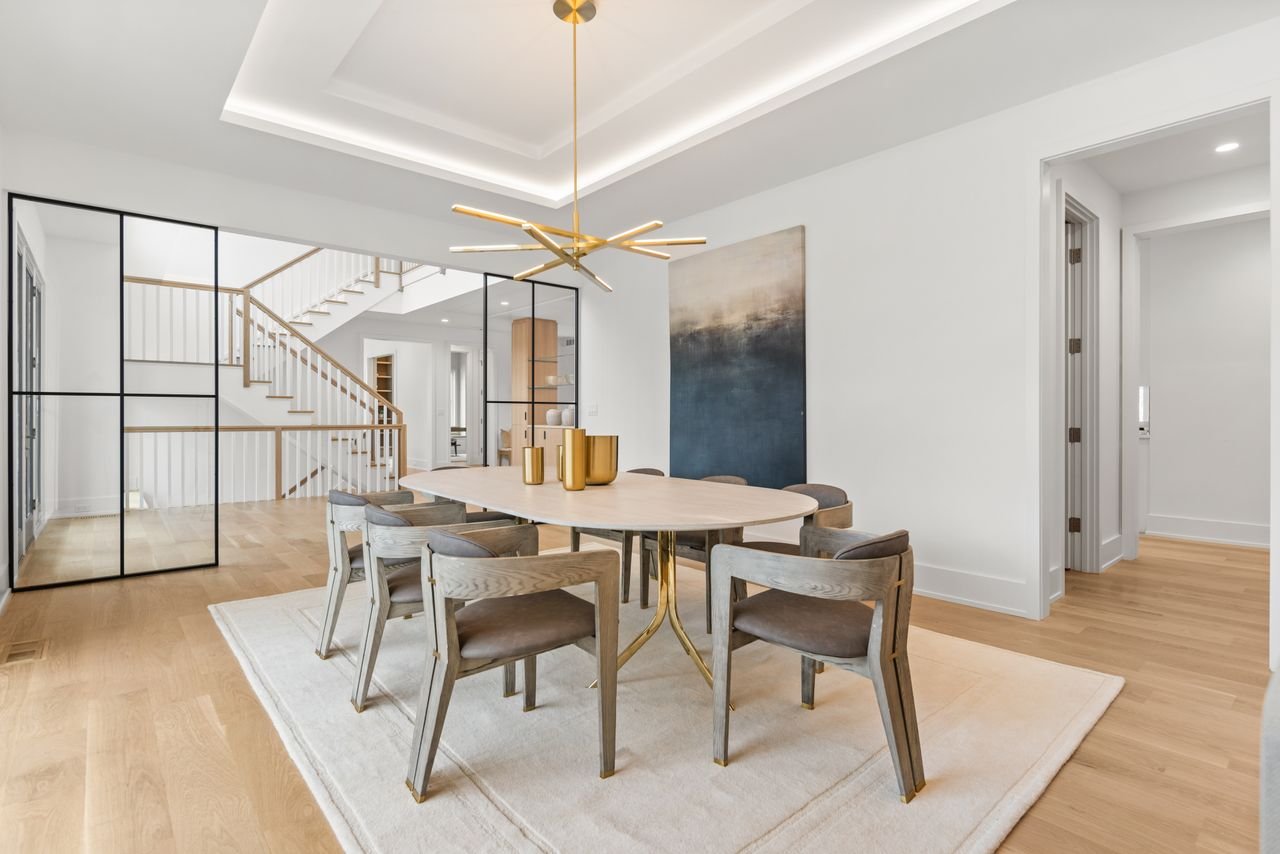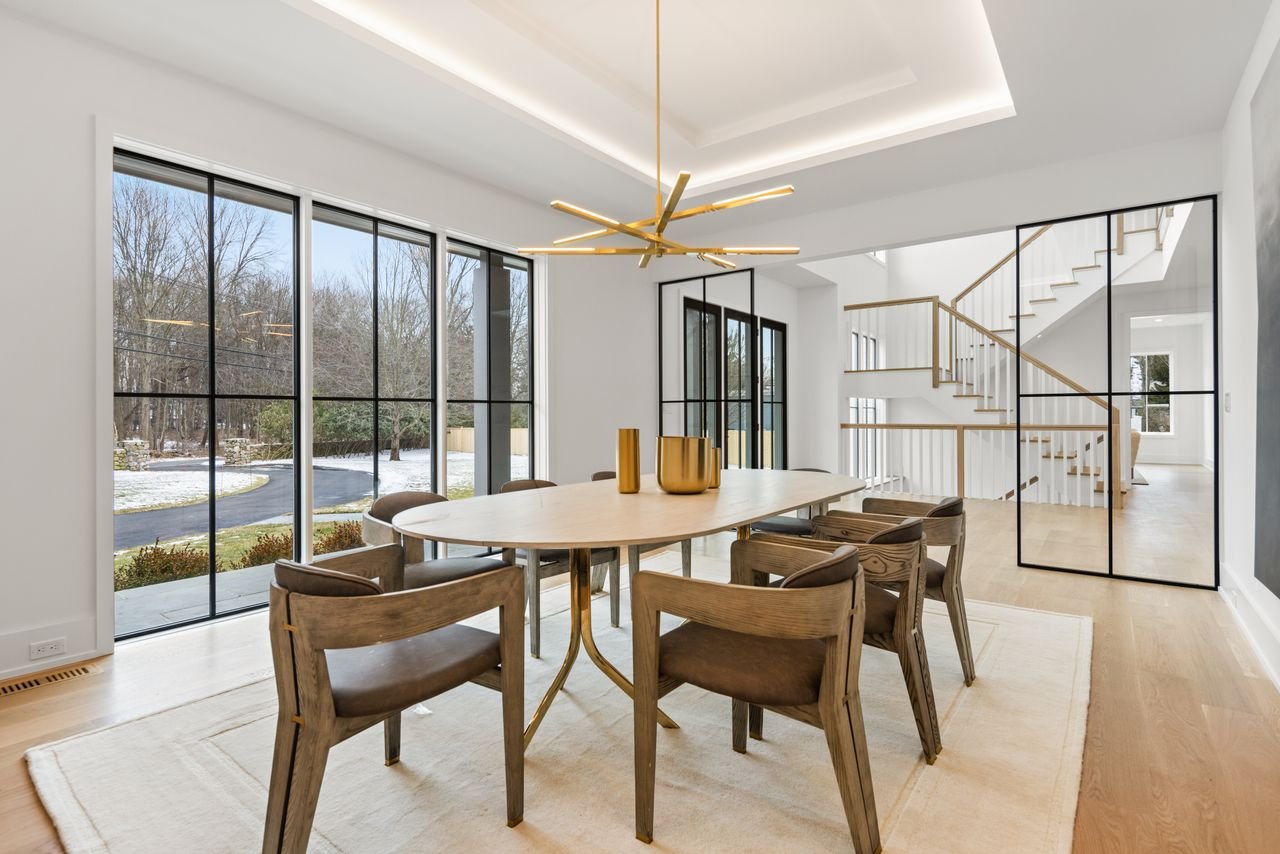A Neutral Palette with Texture Affords Timeless Appeal
A Neutral Palette with Texture Affords Timeless Appeal
In the ever-evolving world of architectural and interior design, one noticeable trend that has gained considerable traction is the preference for a neutral palette combined with a heightened interest in texture. This fusion of muted colors and rich, tactile elements represents a contemporary approach to interior aesthetics that resonates deeply with discerning clients.
The Appeal of Neutrals
Neutrals, such as soft grays, warm beige, subtle whites, and muted earth tones, have become the cornerstone of modern architectural design. The appeal of these hues lies in their versatility and timeless elegance. Neutrals provide a serene backdrop that effortlessly complements various styles, from minimalist and Scandinavian to rustic and transitional. They create a sense of balance and harmony in a space, allowing other design elements to shine.
Marybeth Woods of Marybeth Woods Architect, and designed the featured home featured. Woods explained the design team’s creative strategy: “Juxtaposing different patterns and materials in the same cream neutral tones creates a warm cohesive base. I then like to branch out at either end of the palette with other tones. In this case the base is a neutral beige anchored by white oak, sandy quartzite waves, and soft off-white plaster. The black steel panels and bronze hardware accents give it some contrast and depth, while the shiny brass decorative lighting creates gold highlights.”
The Rise of Texture
While neutrals provide a soothing foundation, it is the infusion of texture that elevates the design to a new level of sophistication. Interior design clients are increasingly drawn to the tactile aspects of their living spaces. They crave the sensory experience that textured elements bring to a room. Here's why texture has become a focal point:
Visual Interest: Texture introduces depth and dimension to an otherwise understated color palette. It captures and reflects light in unique ways, creating captivating visual interest that keeps the eye engaged.
Tactile Sensation: Texture invites touch and interaction. From plush fabrics and woven textiles to rugged stone surfaces and weathered wood, clients appreciate the tactile sensations that different textures offer, fostering a deeper connection with their surroundings.
Warmth and Comfort: Texture adds a layer of warmth and comfort to a space. Soft textures, like velvets and faux fur, evoke a sense of coziness, while natural textures, such as wood and stone, bring an element of organic beauty. Various marble styles also evoke a visual texture, which adds to the character and harmony of a space.
Individuality: Texture allows for personalization and self-expression within a neutral palette. Clients can choose textures that resonate with their unique style and personality, making their living spaces truly their own.
Acoustic Benefits: Textured materials can also enhance the acoustics of a room, reducing echo and creating a more comfortable and peaceful environment.
Harmonizing Neutrals and Texture
The magic of this style lies in the harmonious coexistence of neutrals and texture. Neutrals provide a serene and adaptable canvas, while texture infuses the space with character, depth, and comfort. Combining the two allows for a delicate balance between simplicity and complexity, creating interiors that feel inviting, sophisticated, and visually captivating.
Interior designers adept at working with neutral palettes and texture understand the subtleties of layering materials and the importance of selecting the right textures to achieve the desired ambiance. They curate spaces that are both aesthetically pleasing and sensorially gratifying, meeting the evolving preferences of their clients.
Laura Michaels of Laura Michaels Interior Design said she enjoys “neutrals for their timeless appeal, but they can become repetitive within a single room or entire house. Utilizing neutral fabrics with performance capabilities is key, then layering tones in varied textures to add interest and depth. These textures extend beyond furniture to walls, fireplace materials, lamps, and accessories. Art within the same palette adds further texture. Neutrals provide a lasting, versatile base, allowing for easy incorporation of trendy colors like green, which complements neutrals well by bringing the outdoors inside”
A neutral palette complemented by a heightened interest in texture is a testament to the evolving tastes of interior design clients. It represents a sophisticated approach to design that values both visual aesthetics and tactile experiences, resulting in interiors that are as inviting as they are visually stunning.



